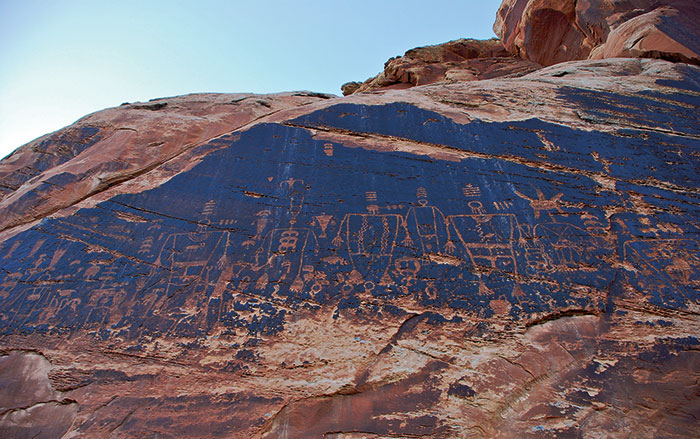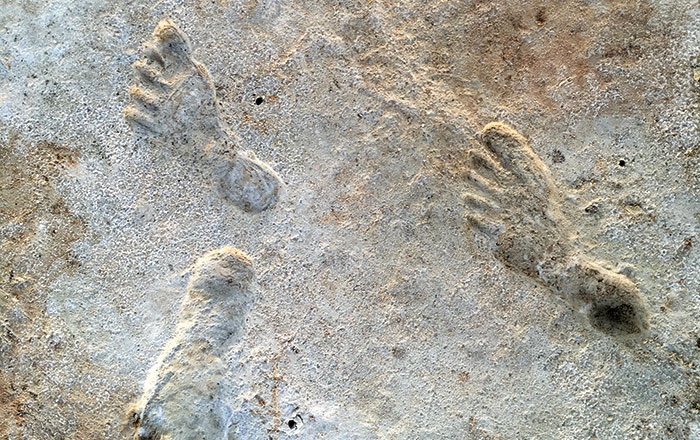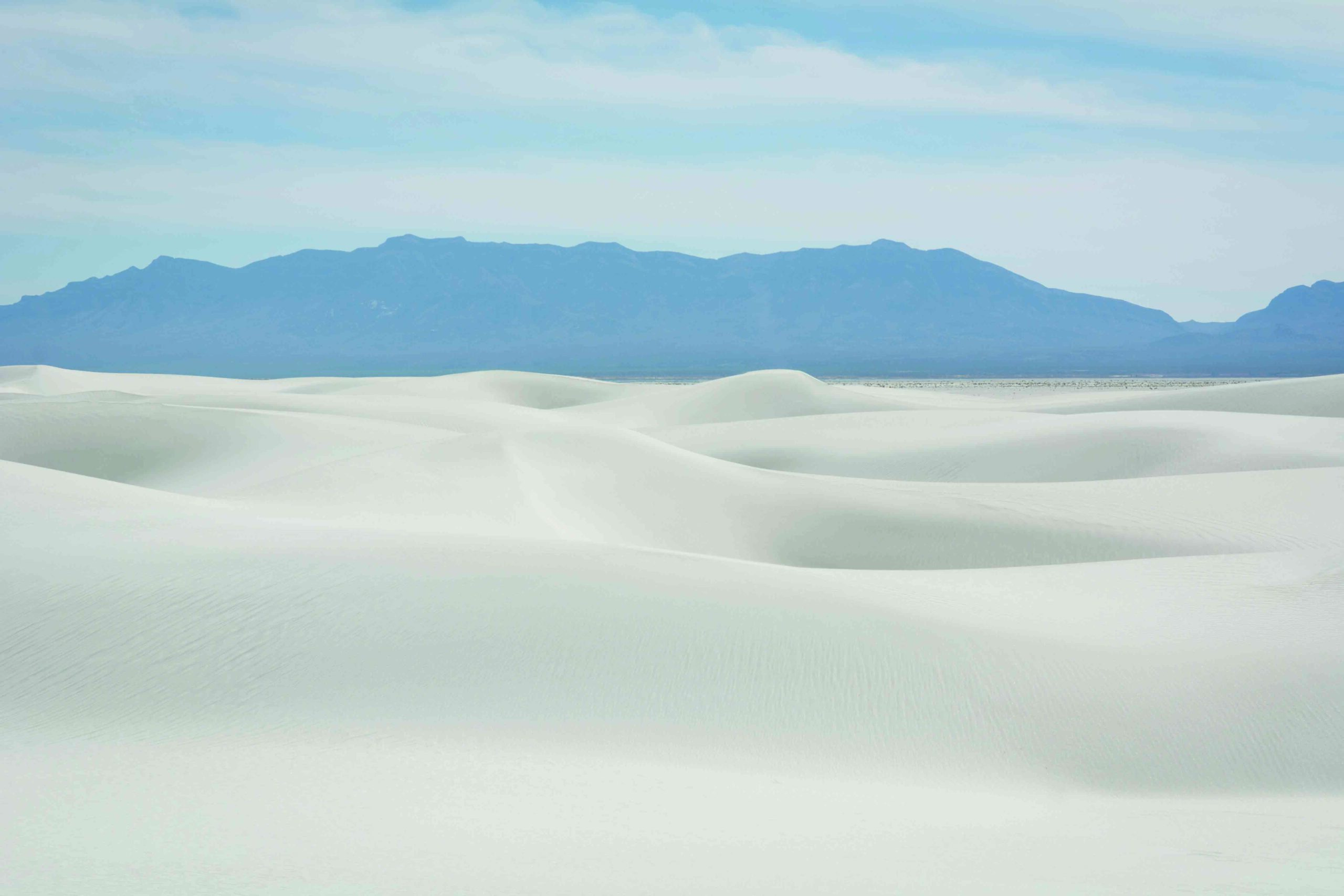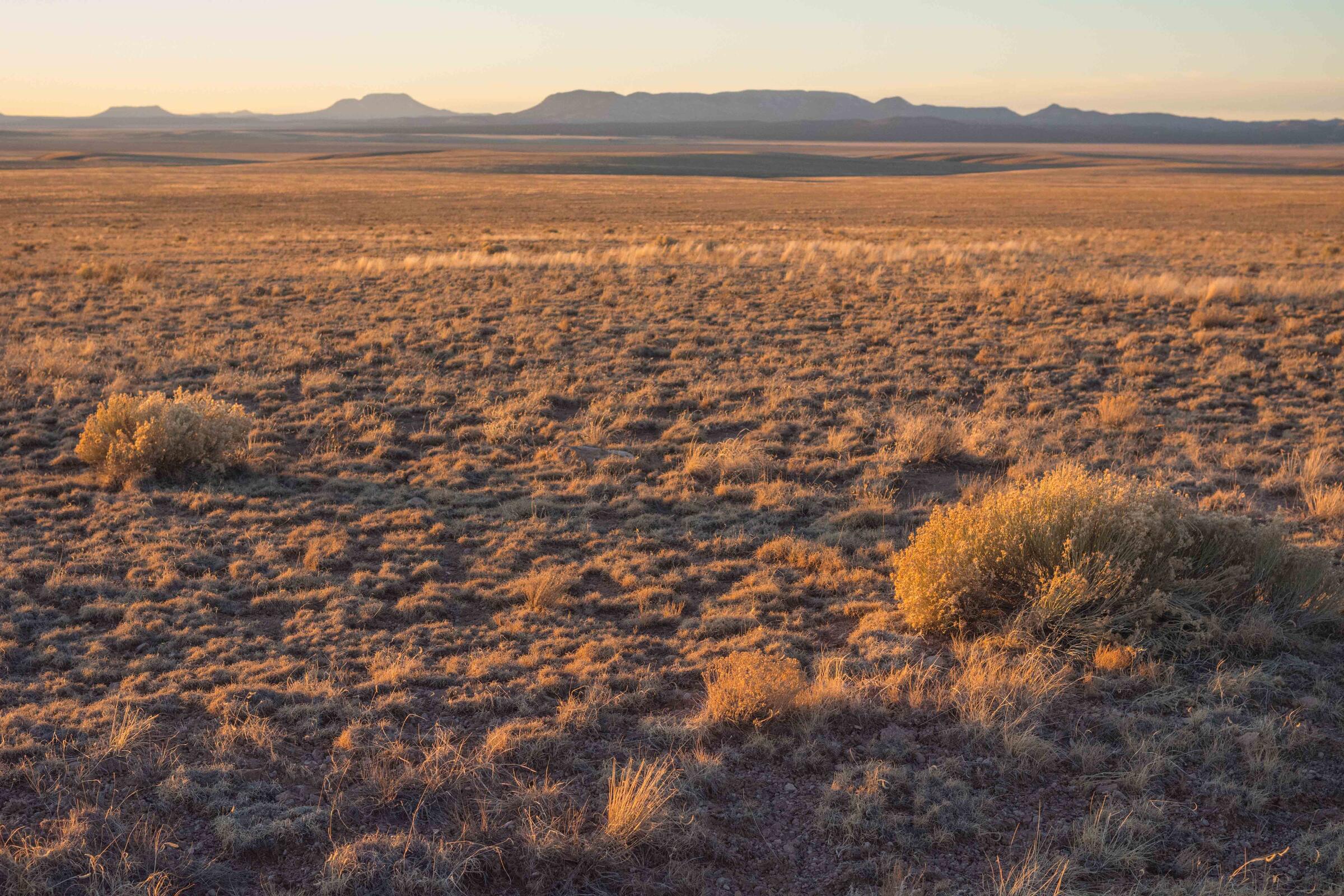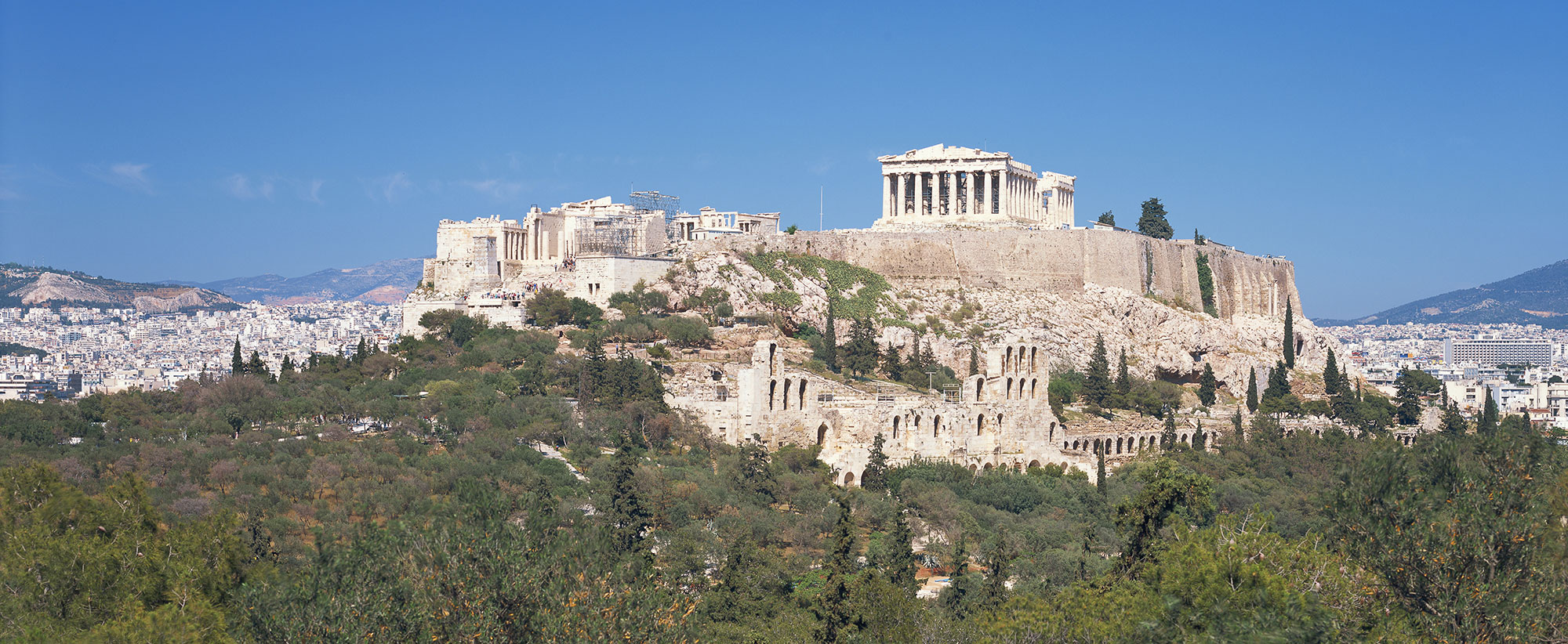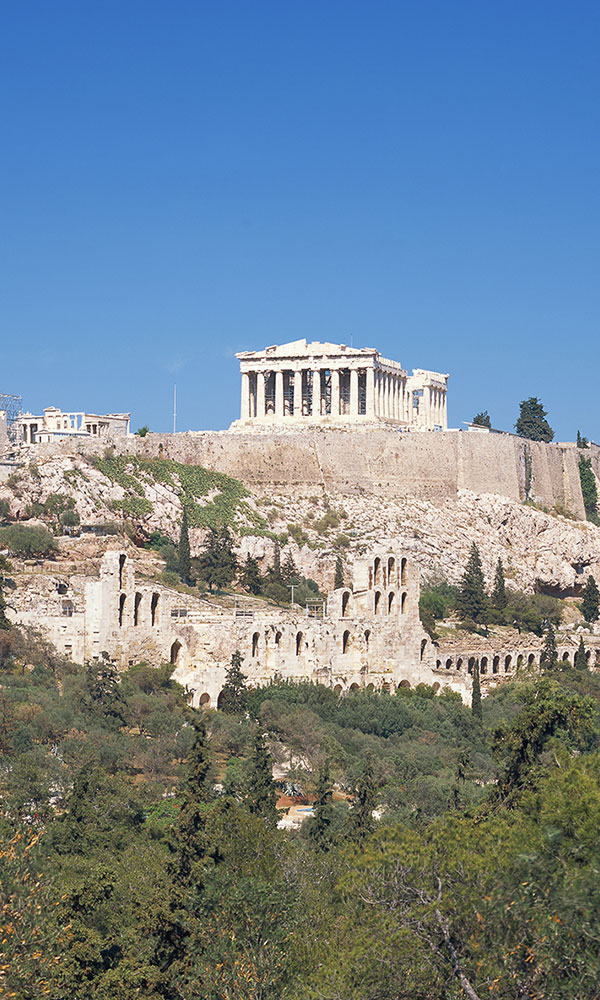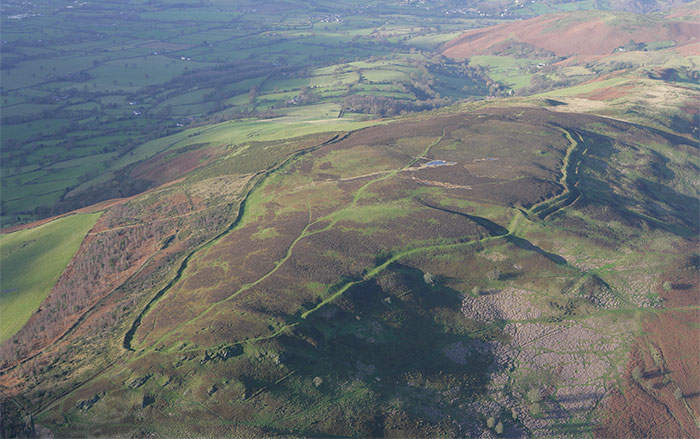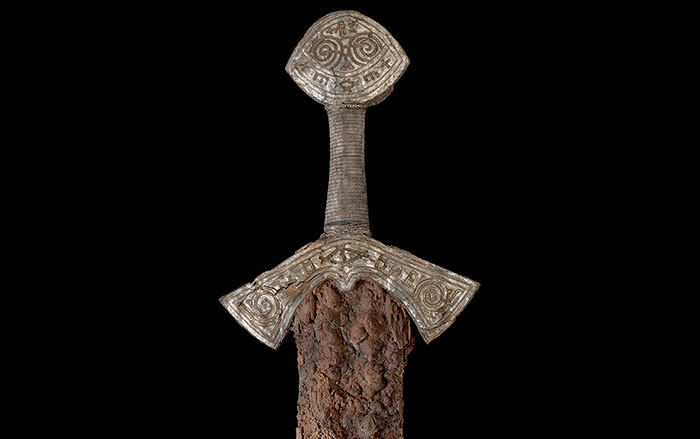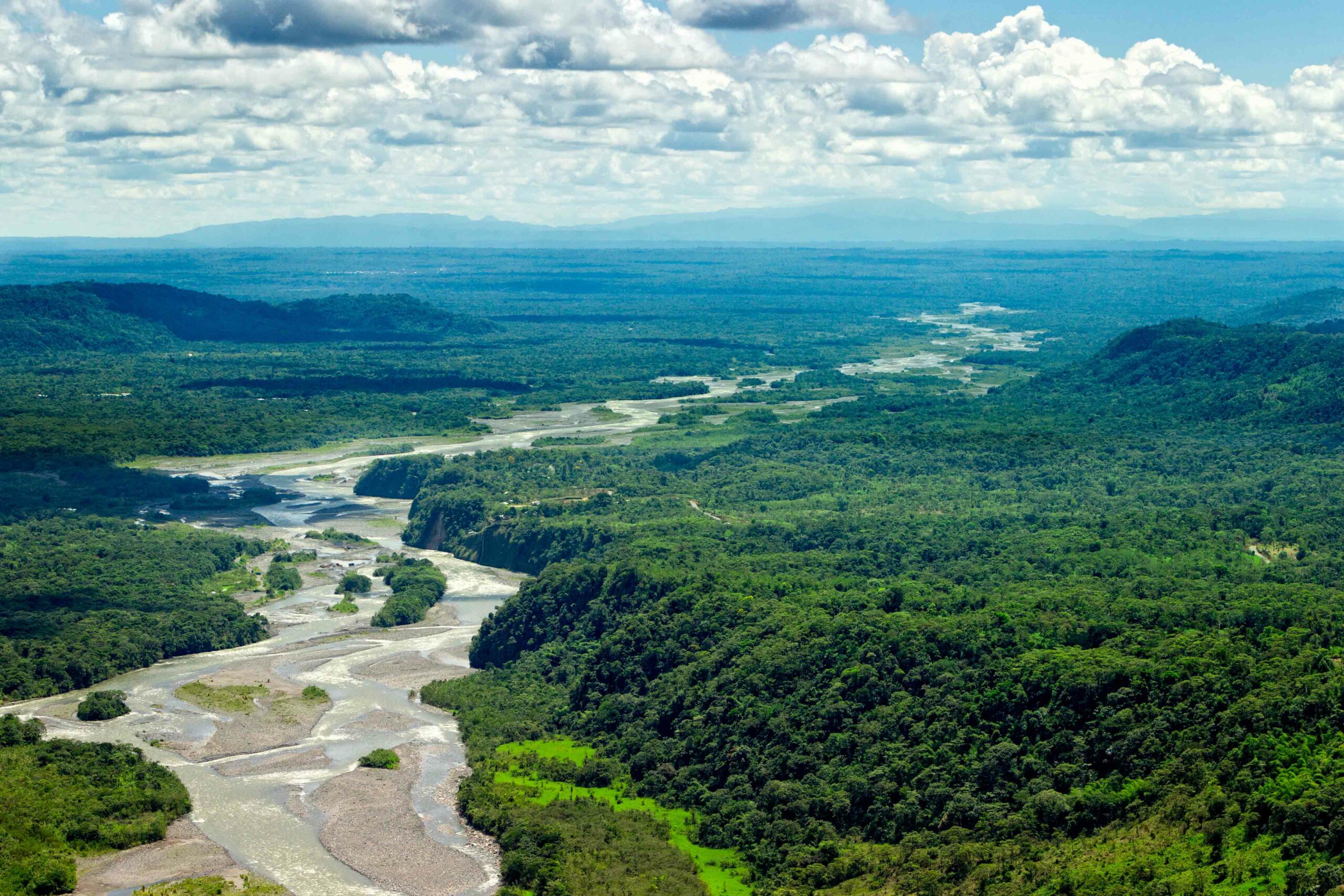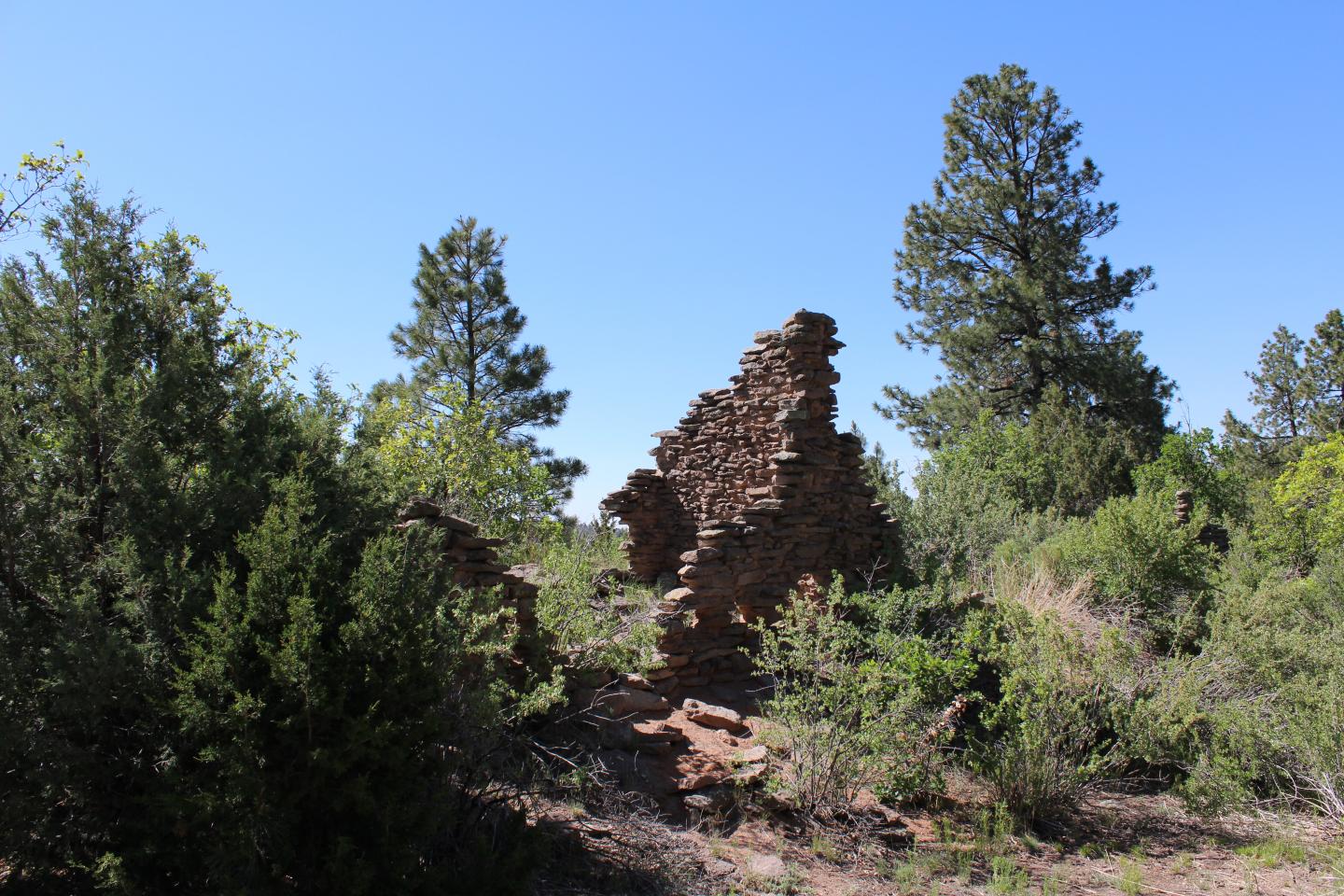
CAMBRIDGE, MASSACHUSETTS—A team of researchers from Harvard University, the University of Arizona, and Southern Methodist University used airborne remote sensing LiDAR technology to estimate the number of people who once lived in Ancestral Jemez village ruins. They think that the population of Native Americans living in what is now northern New Mexico dropped from 6,500 in the 1620s, to less than 900 after Spanish priests established missions in their communities. “Think of what that means for their social structure, if they’re losing the people who know the traditional medicine, their social and religious leaders, think of the huge impact it would have on their culture and history,” Matt Liebmann of Harvard University said in a press release. The team members also collected tree-ring data to assess the impact of the population collapse on forest fires in the region. “When people are living in these villages, they need timber for their roofs, and for heating and cooking. In addition, they’re clearing the land for farming, so trees weren’t growing there when these archaeological sites were inhabited. But as people died off, the forests started re-growing and we start to see more forest fires,” he explained. To read more about archaeology in New Mexico, go to "Searching for the Comanche Empire."


